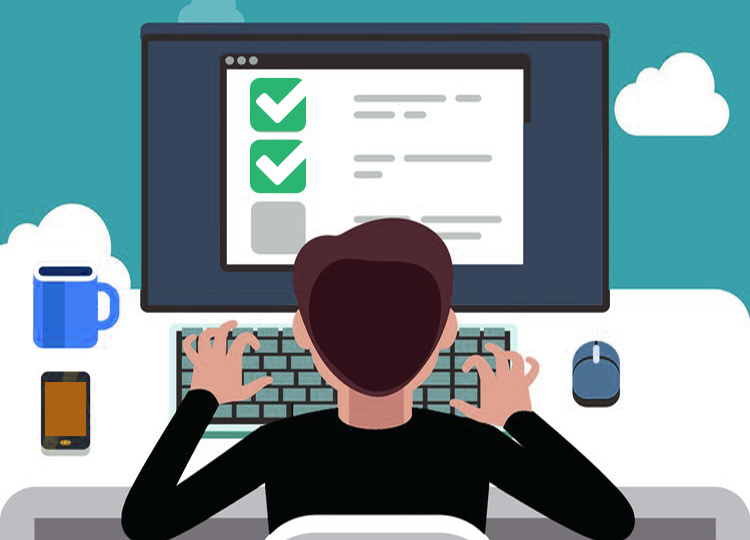In the 21st century, you cannot be so sure that your kids can’t access websites and soft wares that you are not comfortable with them finding or using. You may get a paper from writemypaper123.com providing you with ideas of child-proofing your computer and may still not be convinced on how effective they are. The good news is that there are many third-party soft wares and built-in parental controls in your computer that will limit your kids’ access to some websites and computer sections. Here are some ways to child-proof your computer.
Post Contents
1. Using parental controls
Your computer’s built-in parental controls limit the time your child can spend logged in and control the websites the kids can access. Such an option is accessible in the settings windows under the security option.
2. Creating a limited-access account
Such options allow your children to access their accounts but cannot access the system. In such accounts, your child cannot make changes or install unwanted software.
3. Securing sensitive folders and files
You can use the encryption feature on the properties option to secure private files. Works best with the administrative account and only provides access to the computer using their user accounts.
4. Installing a keystroke logger
The keystroke logger is useful in recording all keystrokes made and periodically takes snapshots of what is on the screen. Such an application keeps you updated on what your kid is doing and is undetectable unless you tell them.
5. Enabling Email filters
Gmail spam filters can be used to block specific keywords that can be in spam mails. To further ensure the effectiveness of the child-proofing, have a whitelist desirable address to allow only emails from trusted sources.
6. Using software in removing changes after every reboot
Software exists that can reset your computer to the state you want it to be after every reboot. It prevents making any changes though you will need to purchase such software like the Reboot Restore RX and SmartShield Enterprise.
7. Installing kid-friendly browser
There are child-made safe browsers such as Kiddle that will ensure your child access safe content only. Find the best fit for your child, and you will be comfortable.
8. Restricting playback on Apple Music and Spotify
Spotify is one of the most common music sites to most children as they seek to discover new songs. However, your child can use such sites by restricting the playing back of explicit material by changing the settings.
9. Installing a secondary OS
Child-proofing prevents your child from accessing harmful content and prevents the making of changes to your system by strangers. To prevent such instances, you can set up a secondary partition in your computer’s hard drive and create a different Windows installation for guests.
10. Using the router to block access to websites
No matter the device your kids use, as long as it is your Wi-Fi connection, they won’t access sites you have blocked using the router.
Conclusion
The tips provided here should help you protect your child from harmful content on the Internet. With due diligence and care, you can protect your child from the harmful effects of the Internet in the current generation. When you will be sure that there’s no harm for your kid you can start looking into child development research paper topics.










